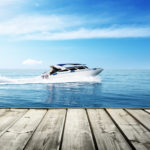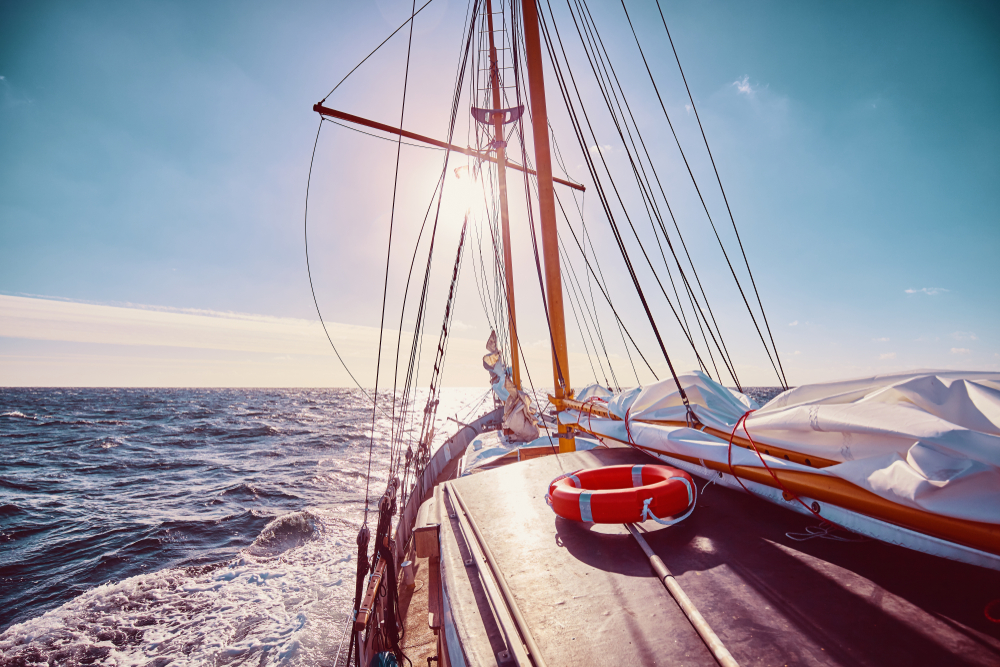In the world of sailing, there are a multitude of terms to describe different boats. But two words stand out in particular: “boat” and “yacht”. Although these terms are sometimes used interchangeably, it is essential to know their differences to better understand the marine world and what, among other things, defines a yacht. On this page, we will explore the main differences between a boat and a yacht, both in terms of size, function and use.
Size: this is a decisive criterion
The first notable difference between a boat and a yacht is the size. In general, a boat refers to a craft that is smaller than a yacht and usually less than 10 metres long, whereas a yacht is often longer than this. However, there is no universal rule for determining the exact line between these two types of craft.
Small craft
Some craft are even smaller than ordinary recreational boats. For example, “dinghies” are mainly used to travel short distances and can be used as to shuttle people between a large ship and land. Other craft (barges, dories, etc.) are used for recreational boating or for fishing by recreational sailors or amateur fishing enthusiasts.
Mega yachts and super yachts
In terms of very large yachts, on the other hand, they are referred to as “mega yachts” or “super yachts”. These crafts are usually longer than 30 metres, with some being longer by 50 metres. They have a professional crew and offer an exceptional level of comfort and luxury.
Function: recreational or commercial use
In addition to their size, what craft are used for and how they work forms an important distinction between boats and yachts. Boats are often designed for specific tasks, such as fishing, freight transport or sea rescue. Yachts, on the other hand, are primarily intended for recreational sailing and relaxation.
Work boats and commercial vessels
Boats can be used in various areas, such as commercial activities or industrial fishing. For example, they are used to transport passengers or goods on regular routes. Work boats are also commonly used in various industrial sectors, such as maritime transport, professional fishing and search and rescue operations.
Recreational yachts and competition yachts
Yachts, on the other hand, are traditionally designed to provide more comfort and amenities for their owners and guests. They are usually used for private cruises, holidays with family or friends, or special events. Some yachts are also designed for competitive events, such as racing sailing boats that participate in prestigious regattas.
Design and equipment: comfort and luxury
The difference between boats and yachts can also be seen in their design and equipment. Yachts are often regarded as luxury crafts, offering a high level of comfort and refined aesthetics. On the other hand, boats are usually simpler and more functional.
The look of boats and yachts
Boats are designed to be sturdy and weather-resistant, with an aluminium or fibreglass hull. Their design is mostly simple and practical, focusing on efficiency and durability. Yachts, on the other hand, are more elegant and can be made of high-quality materials.
Interior equipment and fittings
Yachts have sophisticated and luxurious interior fittings and amenities, such as spacious cabins, private bathrooms, fully equipped kitchens and entertainment spaces. They can also be equipped with sports facilities, such as a gym, hot tub, swimming pool or even a garage to accommodate water toys (Jet Skis, paddleboards, etc.). Boats, on the other hand, generally have a simpler design and don’t have as many amenities for those on the boat.
To sum up, the main differences between a boat and a yacht are in their size, function and level of comfort. Boats are usually smaller, versatile and practical, while yachts offer more luxury, space and equipment for having fun and relaxing. It is therefore key to be familiar with these subtleties in order to understand the life on the water and choose the boat that best suits what you want and need.
We recommend these other pages:



